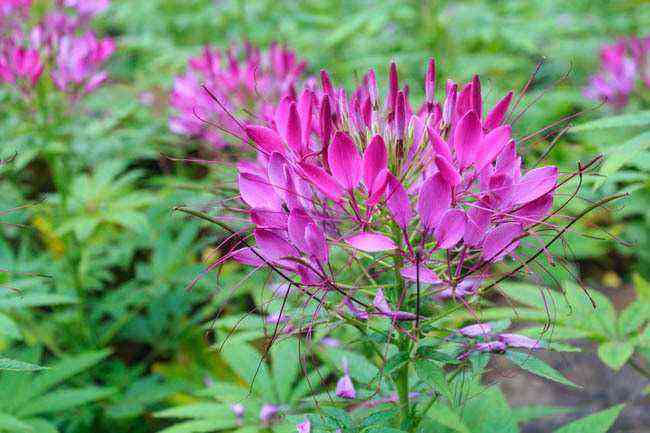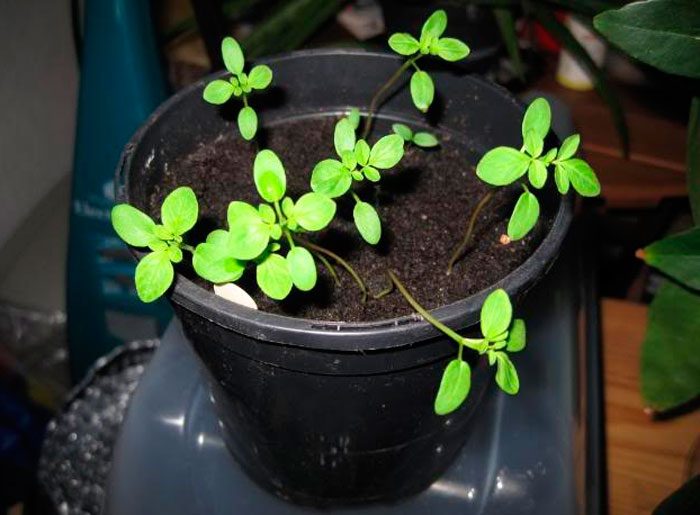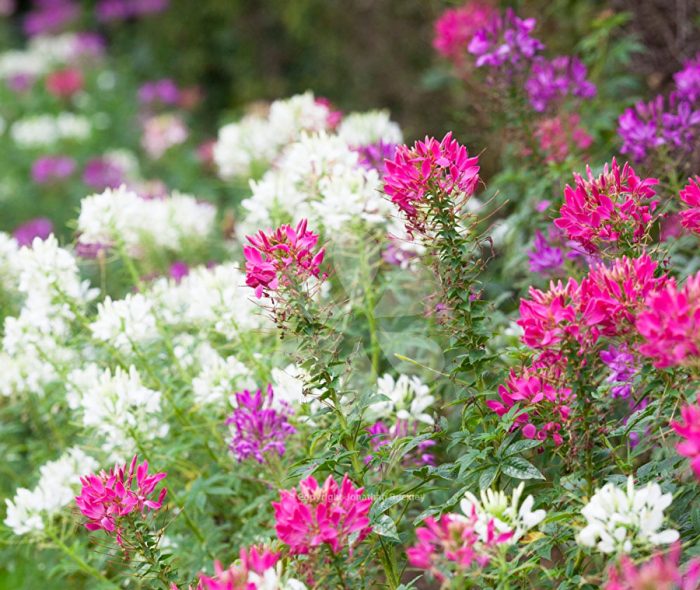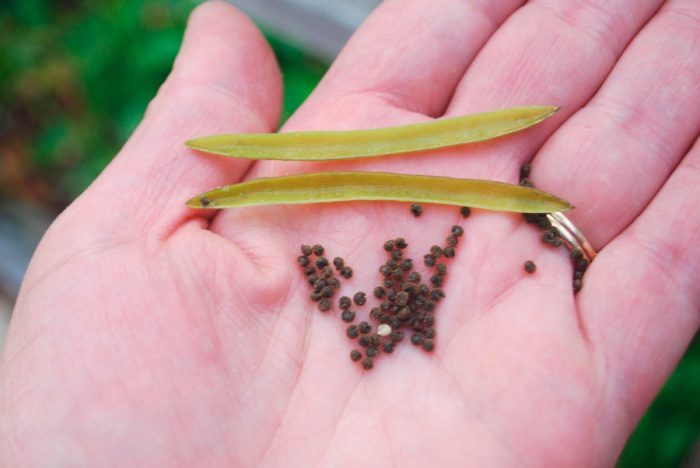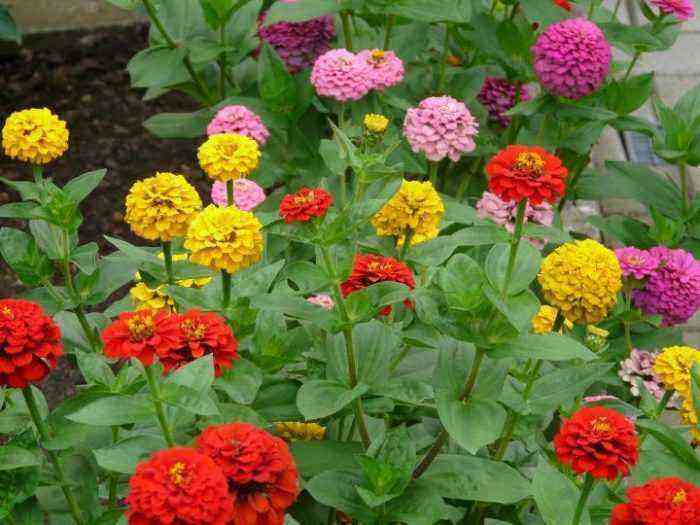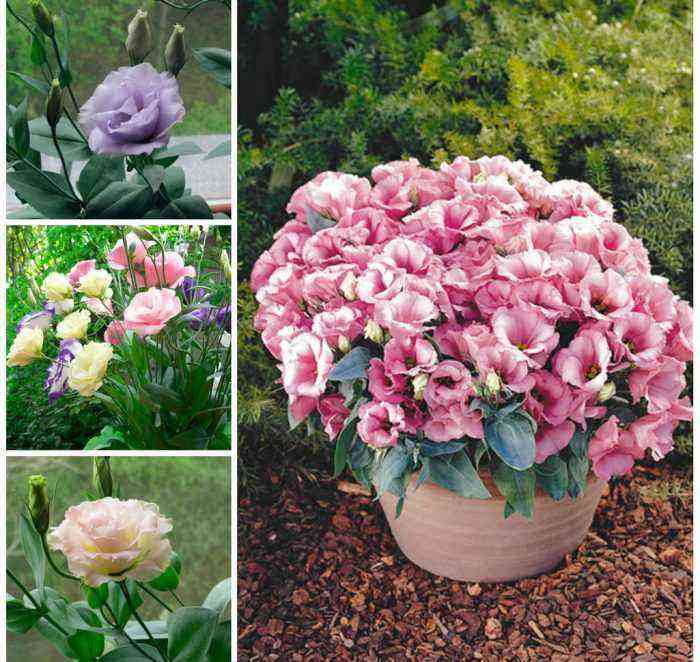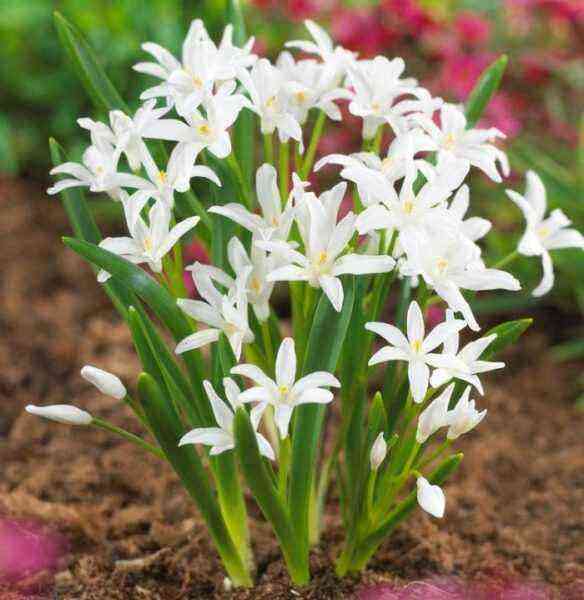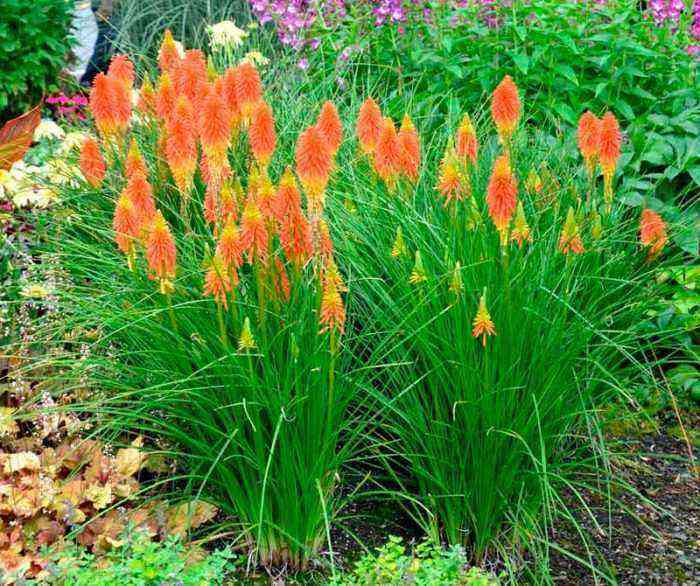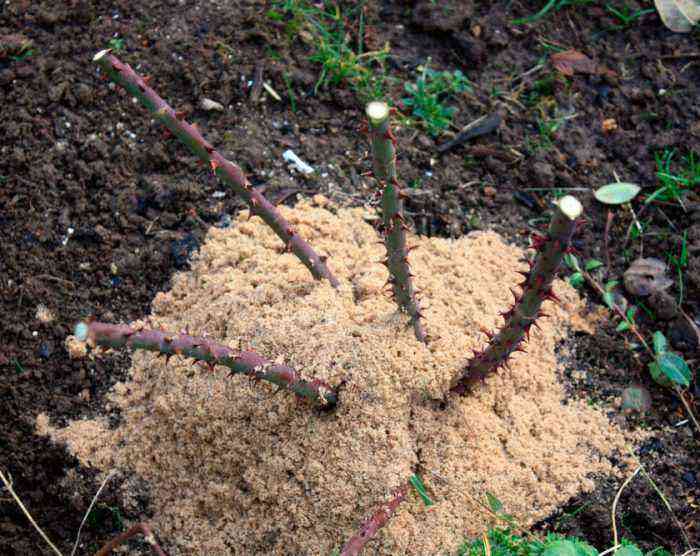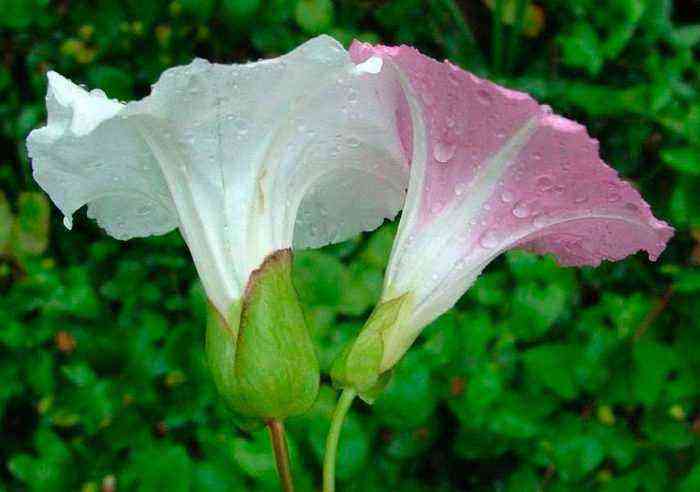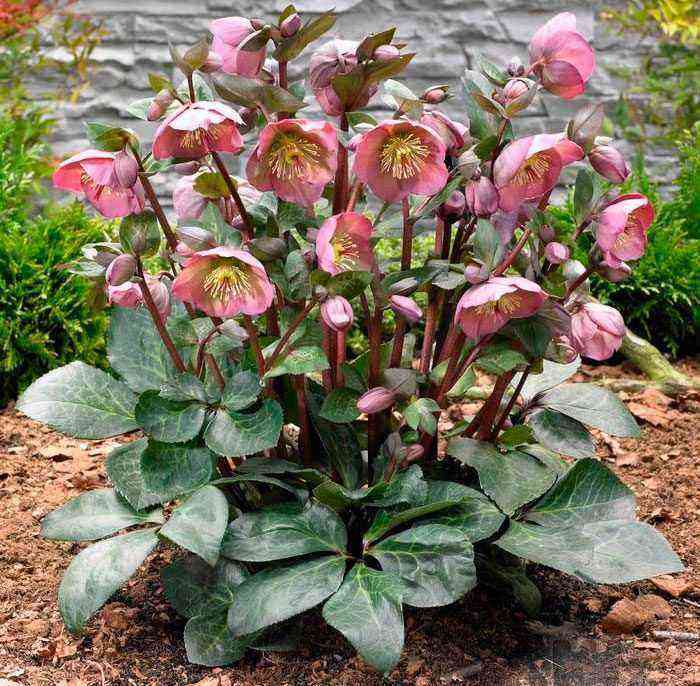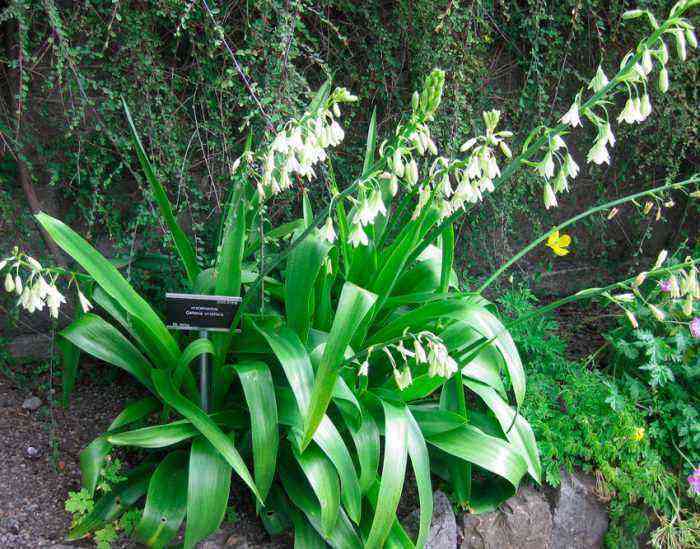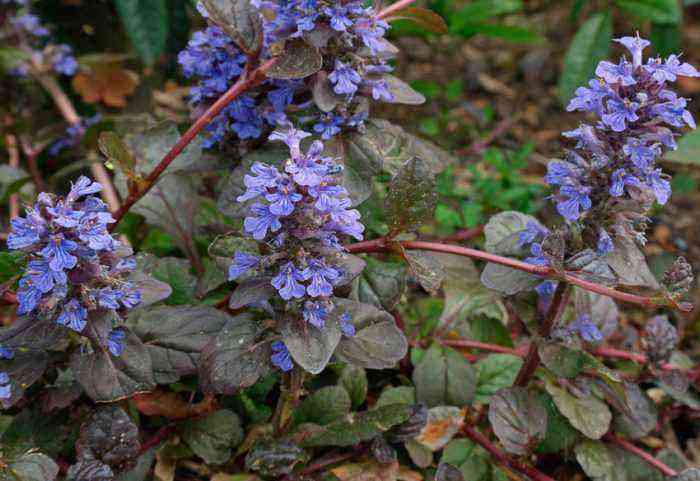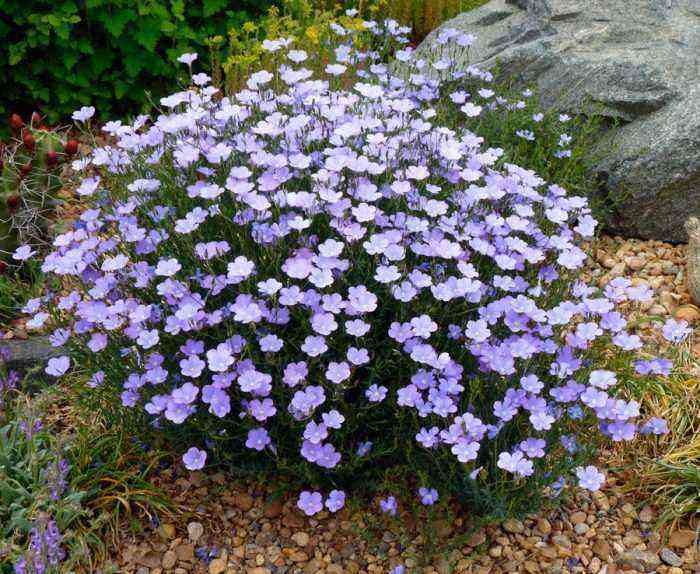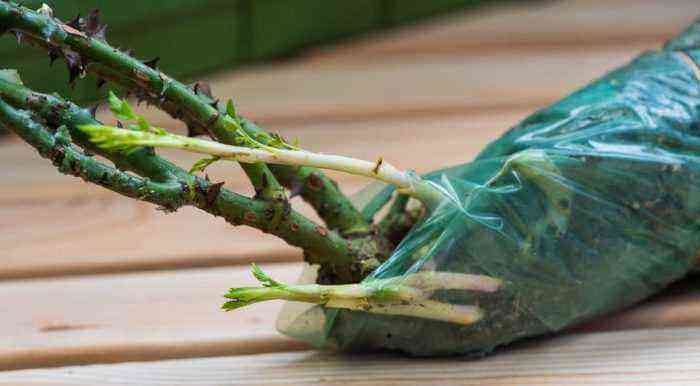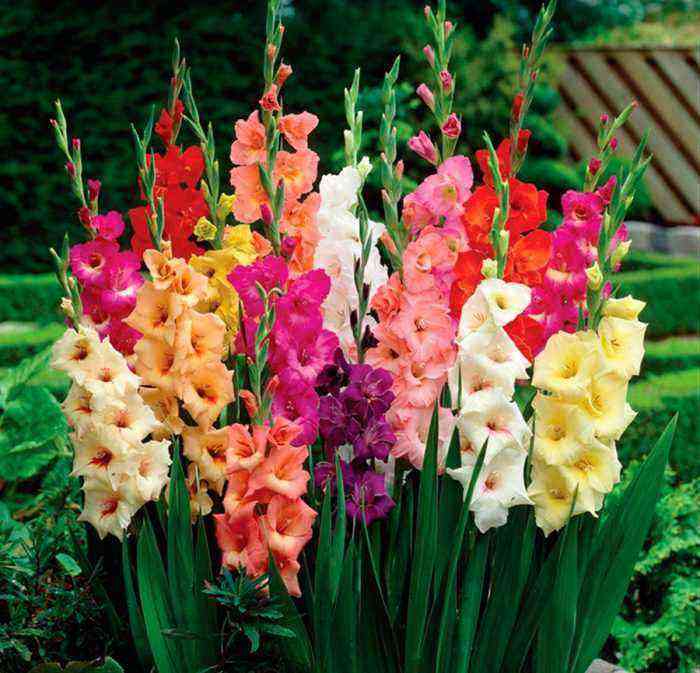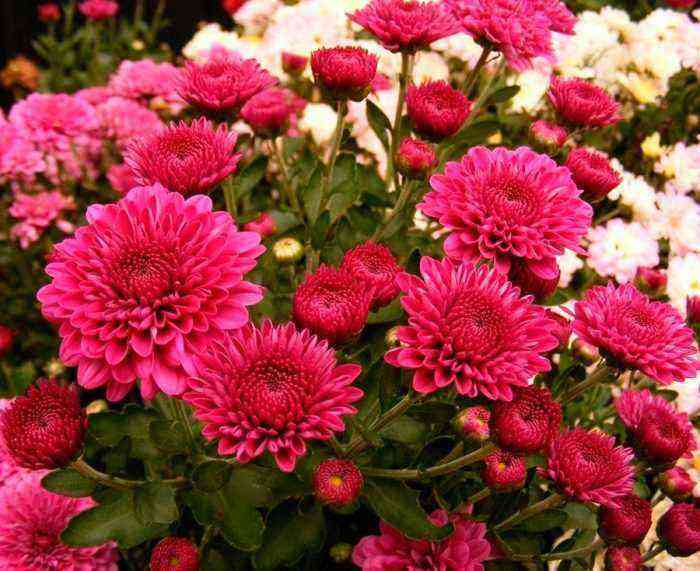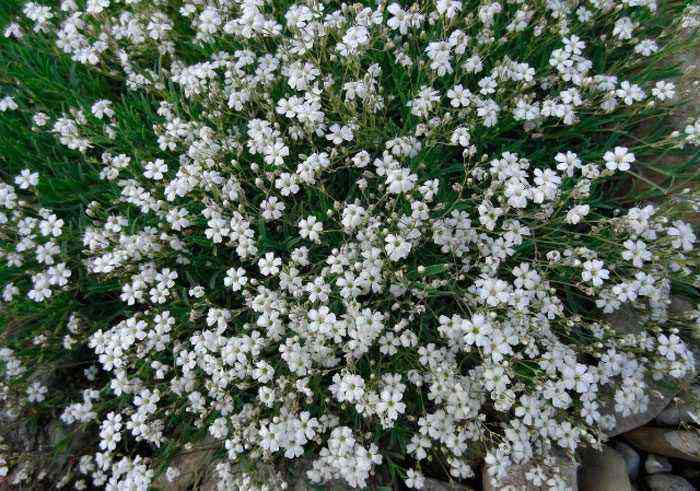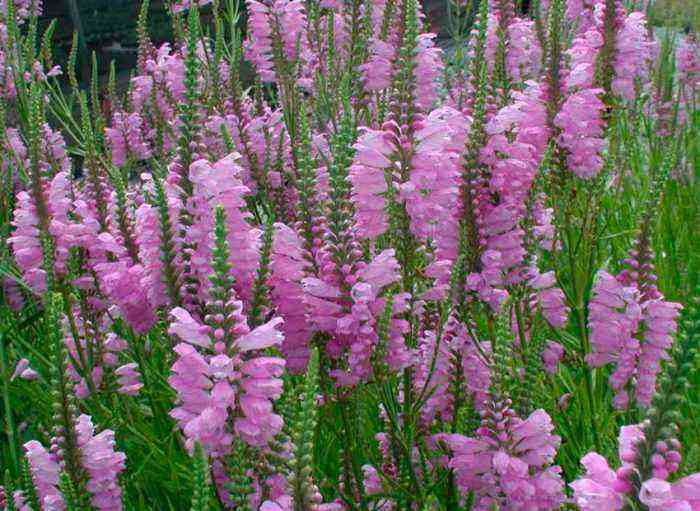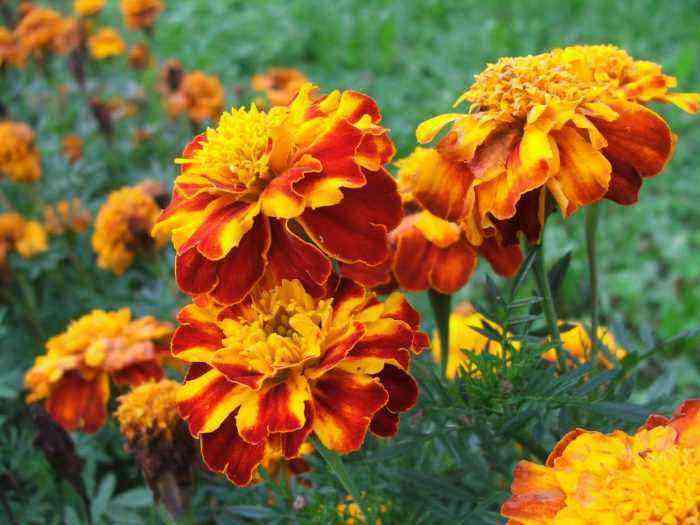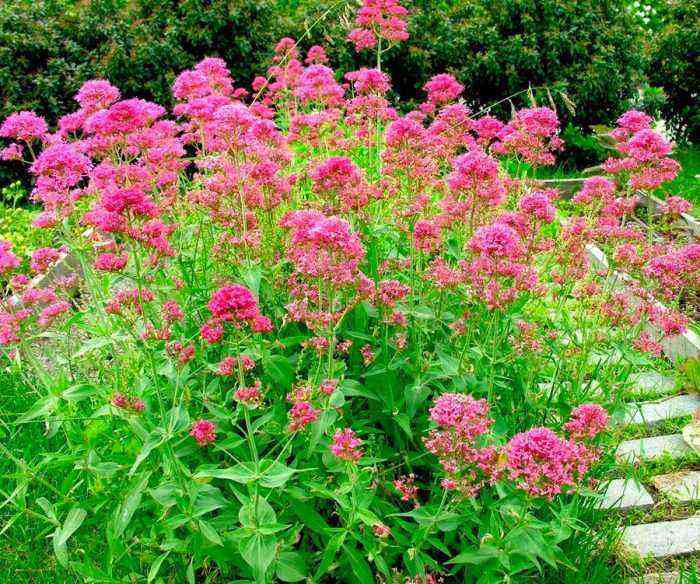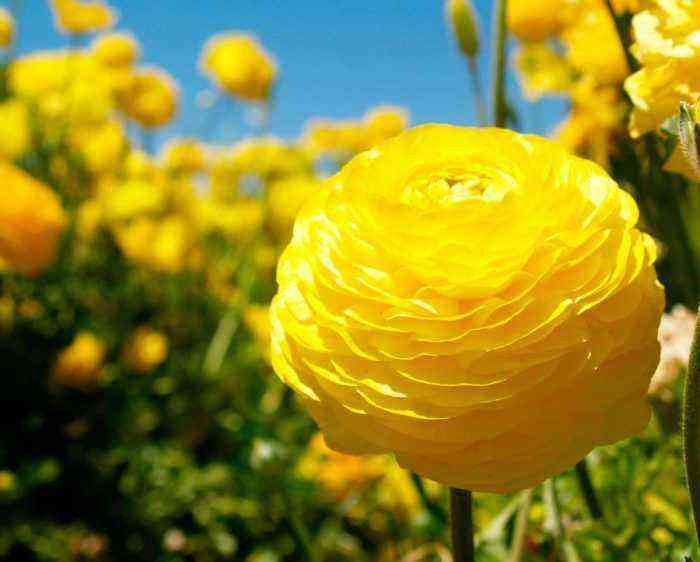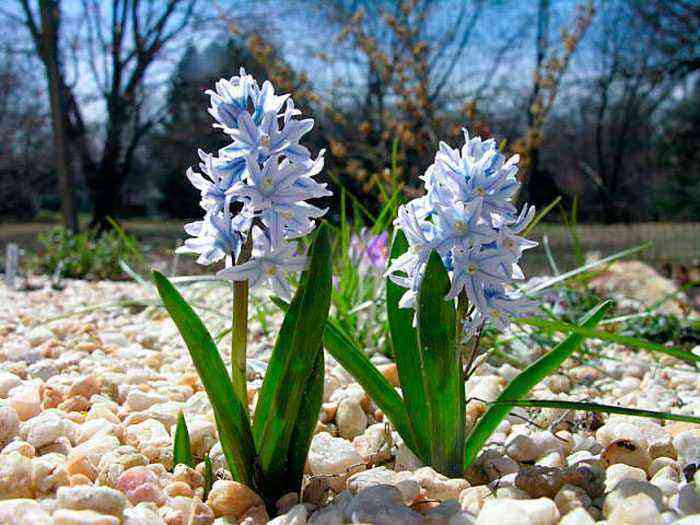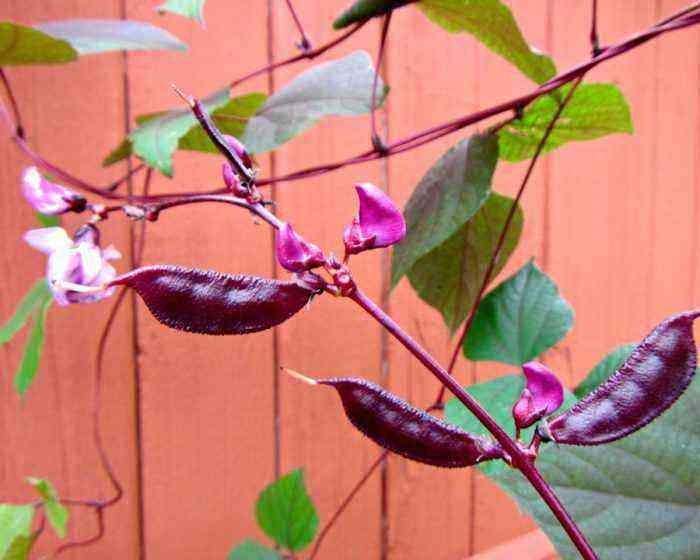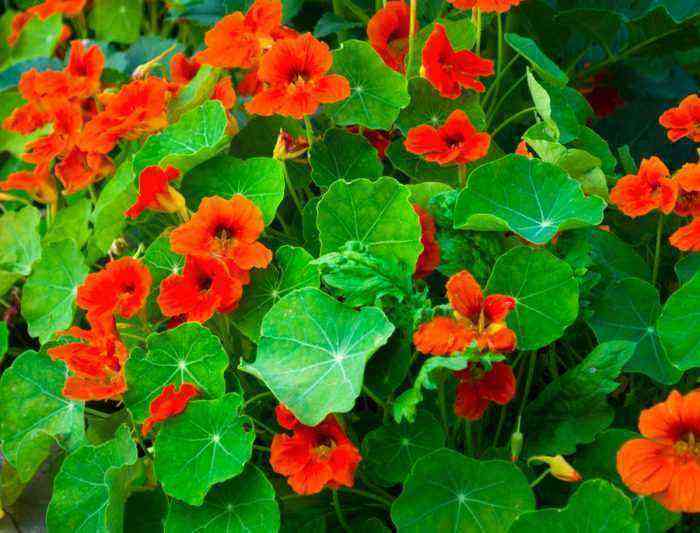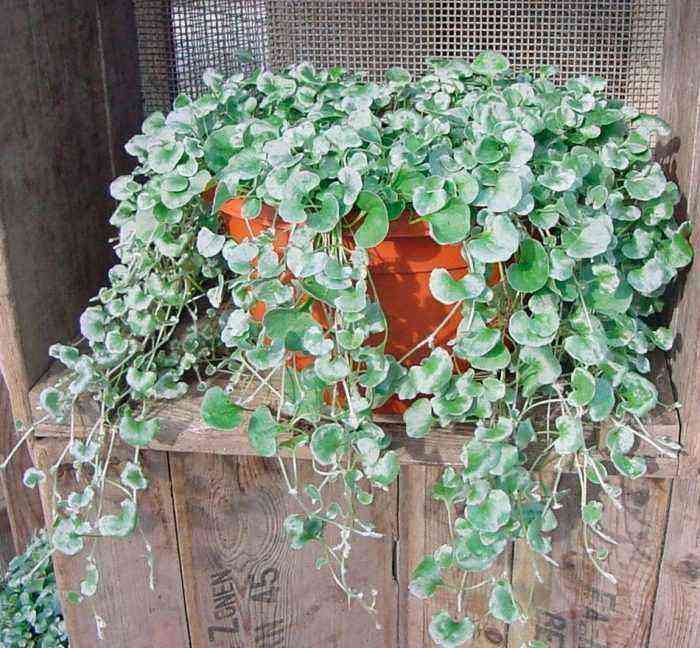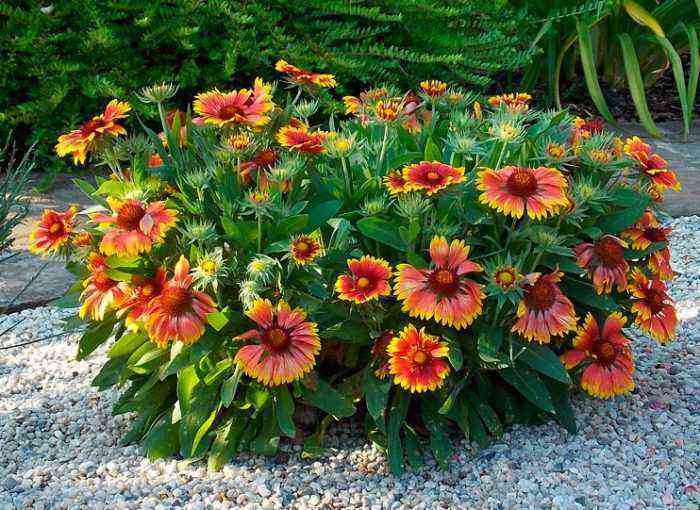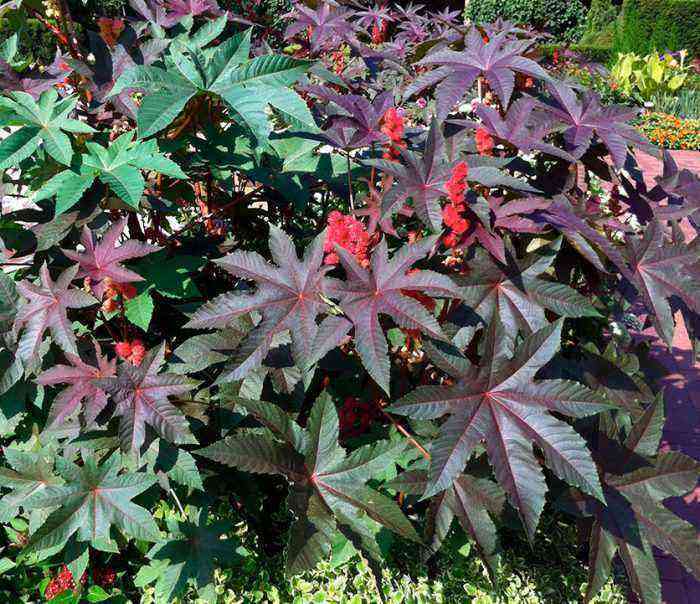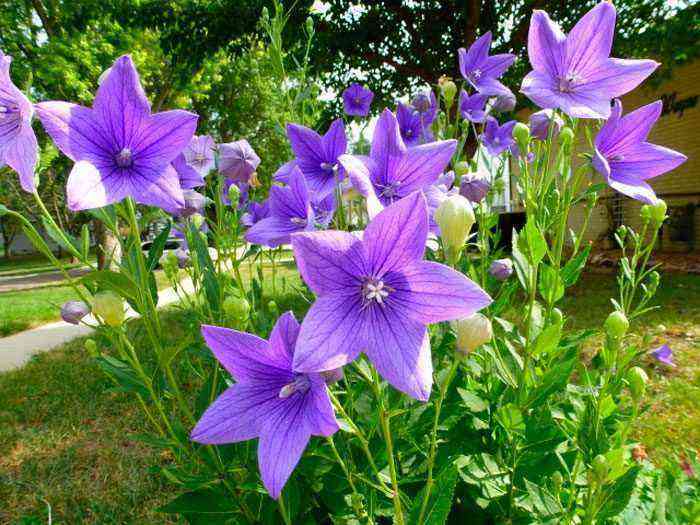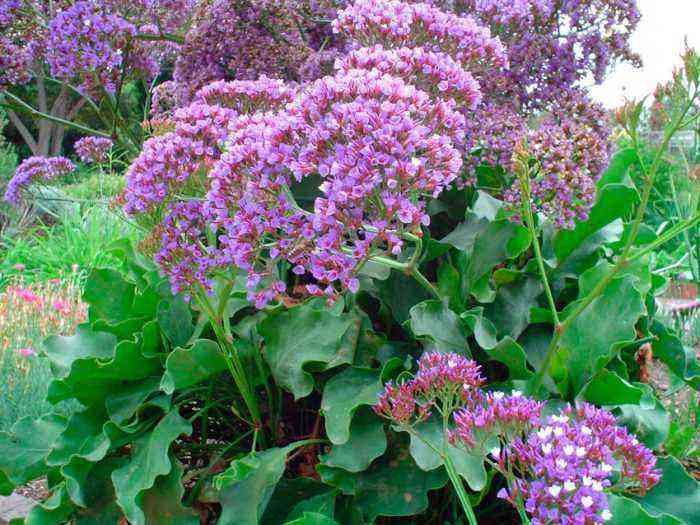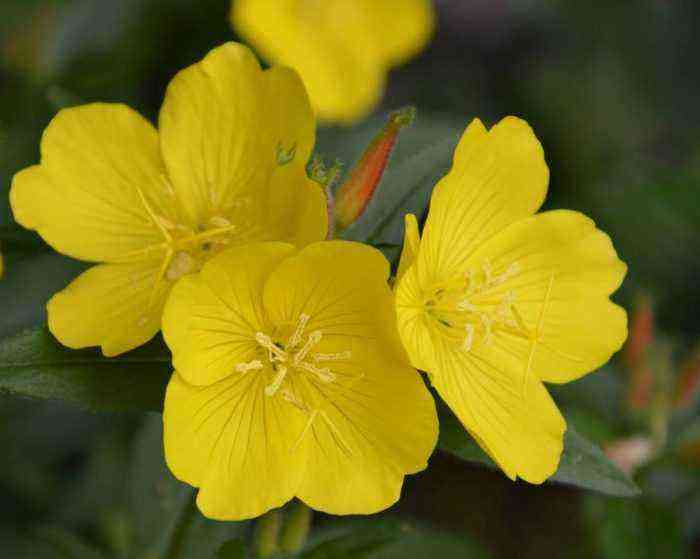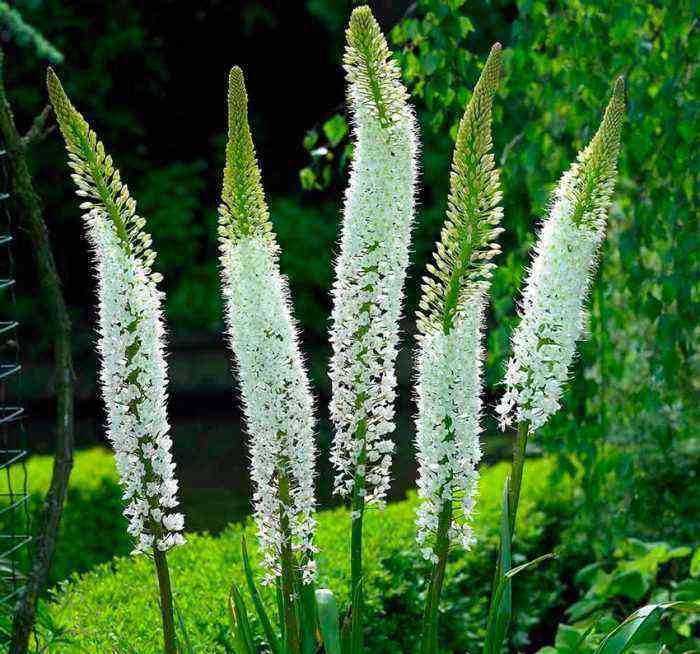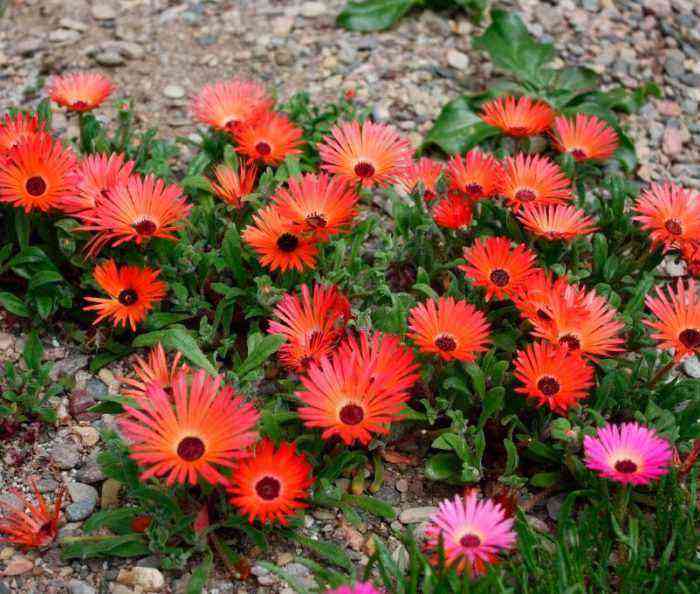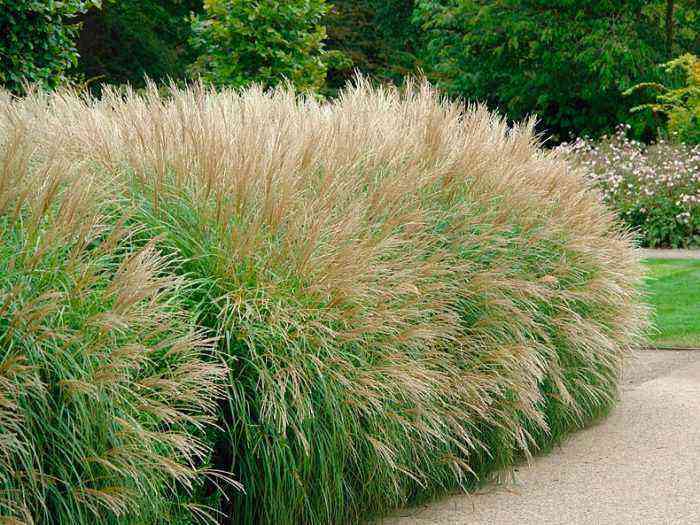Cleome (Cleome), or cleome, is a flowering plant belonging to the Cleomaceae family. Such a plant is either an annual or a biennial. In nature, it is found in any corner of the Earth, in those regions where there is a temperate and warm climate. This genus unites about 70 species. Cleoma inflorescences have a peculiar shape, so the Germans call it “spinenpflanze”, which translates as “spider plant”. The racemose inflorescences are not quite ordinary, they can be compared with a splash of champagne or an explosion. Some people may not like such flowers, but it is simply impossible to leave them unattended. Every year, such a flower culture increasingly attracts the attention of gardeners, because it has very spectacular inflorescences with an unusual smell, and its flowering is quite long, it is observed from June to September.
Features of cleoma
Cleoma has a very powerful root system. Branched strong shoots, on their surface there is pubescence, consisting of glandular short hairs. The height of the bush can be up to 150 cm. Greenish alternate leaf plates in some species have small thorns on the seamy surface. Leaves can be simple or complex: they consist of 5 or 7 entire, elongated linear leaves. The apical leaf plates are small and solid. The apical racemose inflorescences consist of flowers that have the correct shape and are purple, pink, white or yellow in color. The flowers have relatively long stamens that look like spider legs. The fruit is a unilocular polysperm with the shape of a pod, in length it can reach about 30 mm. Most amateur gardeners do not like the flower smell of cleoma, but it is completely impossible to feel it on a garden plot on the street, but it can scare away pests. This unusual aroma is necessary for such a flower to attract small bats in the wild, which are its pollinators.
Growing cleoma from seeds
Sowing cleoma
For reproduction of cleoma seeds are used. They can be sown directly into open soil before winter (in November or December) or in spring. However, experienced gardeners recommend growing such a crop through seedlings.
When should you sow seeds for seedlings? Such a plant has a relatively long growing season. If in autumn you intend to collect fully ripe seeds, then sowing for seedlings must be done in the last days of February. To make the seedlings appear faster, before sowing, the seeds must be immersed in a solution of Epin or Zircon for half a day (12 hours) (250 drops of the agent are taken for 2 ml of lukewarm boiled water). For sowing, a not very deep container is used, which is filled with a substrate consisting of humus, garden mixture and sand, taken in a ratio of 2: 2: 1. The seeds are spread over the surface of the substrate, and on top they must be sprinkled with a layer of the same soil mixture, the thickness of which should be about 15 mm. The container must be covered with glass on top.
Care of seedlings
The first seedlings should appear after 15–20 days. When this happens, the container needs to be moved to a very well-lit place, and the seedlings will need additional lighting in the evening. Watering should be fairly rare, but abundant. At the same time, remember that the substrate must have time to dry out between waterings. As a preventive measure against root diseases, seedlings should be watered once with a weak solution of manganese potassium.
After the first pair of true leaf plates begins to form in the plants, the seedlings will need to be cut out using peat-humus cups for this. When transplanting, the seedlings are buried in the substrate to the cotyledons. When half a month has passed after the pick, it is recommended to feed the plant; for this, a complex mineral fertilizer is used, which should be of a sufficiently weak concentration. After that, you need to feed the seedlings regularly 2 times a month. In order to prevent the development of a one-sided seedling, the container in which it grows must be systematically rotated relative to the light source.
Planting cleoma in open ground
What time to plant
After the threat of recurrent frosts has passed in the spring, you can start transplanting cleoma seedlings into open soil. As a rule, this time falls on the last days of May or the first days of June. For disembarkation, you need to choose a well-lit area, protected from strong drafts. The plant is undemanding to the soil, however, on a neutral nutrient soil with good moisture, this flower develops much better than on an area with dry poor soil. If the soil on the site is depleted, then before planting the glue, 2 large tablespoons of granular flower fertilizer must be added to it for digging, as well as 1 bucket of rotted compost per 1 m2.
Features of landing
So that after planting, the seedlings quickly and well take root in a new place, it should be treated with a solution of the epin-extra stimulator with micronutrient citovit (you must follow the instructions attached to the preparations). Planting seedlings in open soil, it is necessary without removing it from the pots, while between the bushes you need to maintain a distance of 0,5 to 0,7 m.This planting of cleoma will avoid thickening of the plantings, the flowers will be more resistant to pests and diseases, while flowering will be very effective and magnificent. The planted plants should be watered at the root and a humate solution should be used for this.
Cleoma care
Growing glue in your garden is easy enough. Watering should be carried out only in hot weather, while it should not be carried out very often, but be plentiful. Top dressing is carried out 2 times a month under the root and for this, fertilizers such as Fertika-lux or Fertika-combi are used (a couple of large spoons of fertilizer are taken for 1 bucket of water). If the bush is weakened or affected by a disease, it must be fed foliarly using a nutrient solution consisting of 3 liters of water and 1 small spoonful of fertilizer. To bring the moment of the beginning of flowering closer, before the formation of buds begins, the bushes must be treated with a solution of Zircon (1 milligram of the product per 1 liter of water).
If, after planting, the surface of the site was not covered with a layer of mulch, you will have to systematically loosen the surface of the soil, while removing weeds.
Diseases and pests
Since cleoma flowers have a scent that is not quite usual for flowers, pests try to bypass it. She can get sick with the wrong irrigation regime or when planting in an area with a high groundwater table. If you choose a planting site and care for the plant correctly, then it will not hurt at all.
Cleoma after flowering
Seed collection
Since glue can only be grown from seeds, experienced gardeners recommend collecting them in autumn in order to sow in spring or before winter. You can understand mature seeds or not by their appearance, so they should be rounded, reach one and a half millimeters in diameter, the color, depending on the flower of the flower itself, can be brown or yellow. To avoid self-seeding and not to miss the moment when the seeds need to be collected, it is recommended to put on bags made of gauze over several pods.
Wintering
In the middle latitudes, such a flower crop is grown as an annual plant. In this regard, when frosts come, the bushes should be pulled out and burned. In November or December, the seeds collected in the autumn are sown before winter. The seeds are buried into the soil by only 15 mm, and from above the site is covered with spruce branches. In spring, the shelter should be removed and friendly shoots should appear soon.
Types and varieties of cleoma
At the moment, gardeners cultivate only 2 types of cleoma, namely: Cleome Hassleriana and Cleome Spinosa. Both of these species are tropical South American. They differ from each other only in the color of the flowers, in this regard, the growers call these species the same – prickly cleoma. Thanks to these species, several hybrids and varieties were born. The most popular varieties are:
- Hellen Campbell… The color of the flowers is white.
- Rozakenigin… The flowers are pale pink.
- Pink Queen and Rose Queen… The flowers are colored in various shades of pink.
- Golden Sparkler… On a dwarf bush, yellow flowers open.
- Giant Pink Qusen… The dark pink flowers are relatively large.
- Sparkler lavender… The color of the flowers is pale purple.
- Violet Queen… The flowers are purple-inked.
The most popular variety of cleoma prickly Cherry Queen. The bush reaches a height of 0.6 m. In diameter, the fragrant flowers are 20-30 mm, they have an unusual shape and are located on long pedicels. Also cultivated is the Spray Champagne variety, created using the Hassler type of cleome. The bush reaches a height of 1,2 m. The racemose inflorescence consists of pink or white flowers, reaching 30–40 mm in diameter. The diameter of the brush is approximately 20 centimeters. Flowering begins in July and ends with the onset of frost.
Glue is grown as a single plant or in groups with annual plants such as fragrant tobacco or lavatera. Since the cleoma is quite high, it is used to create a hedge or it is grown as the background of a flower garden.
